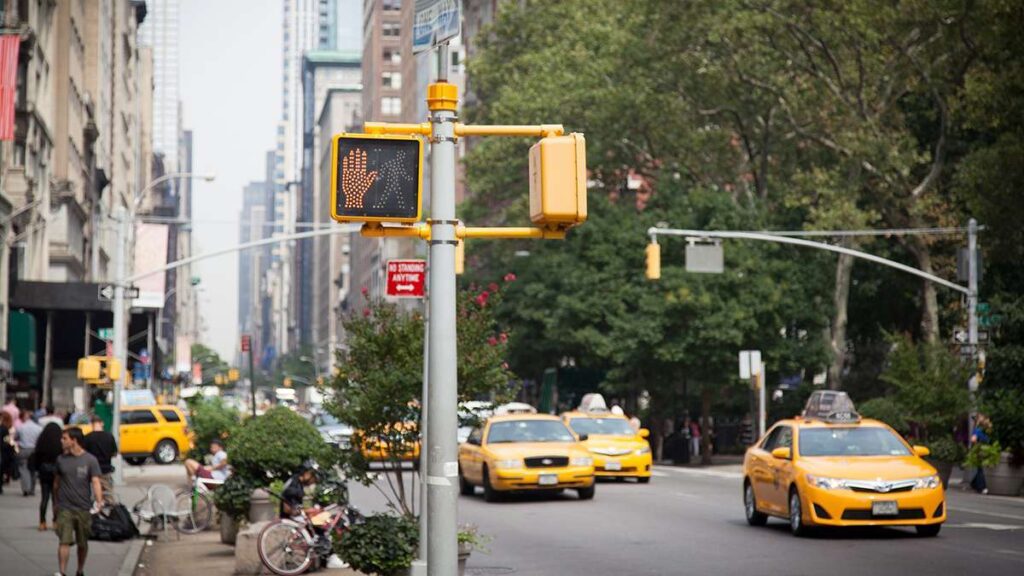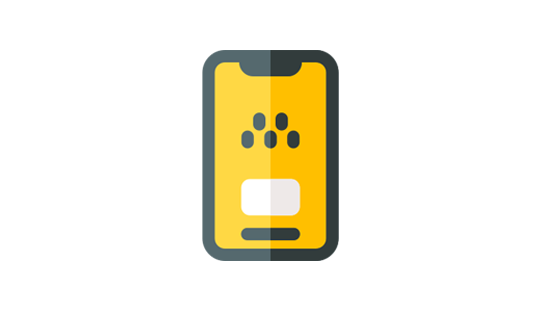Application development for taxis is a way to ensure effective work both for existing services and for startups. Each taxi business has its own characteristics, in general, the mobile application:

Automate The Reception And Execution Of The Order
The process of completing an order does not need the involvement of taxi service.
- Communication between client-driver occurs through the application.
- Without receiving an order by phone. Reduces telephone costs.
Convenient Service
- The customer looks ahead at the car brand coming to him and tracks it on a map.
- The app displays travel costs and driver ratings.
- Useful work with the driver.
- The company manages the order processing process.
- Easy view at detailed order statistics, tracks in real-time and monitors the customer and driver base. Typical system structure
The driver-passenger-administrator communication system consists of three independent elements:
- Passenger app
- Application for drivers
- Admin panel
1.Best Taxi App For Passengers
Gives customers access to taxis online. The passenger downloads it in the application store, after launch, he can order a taxi. The user can trace the direction of the car. See how long the car will arrive, the cost of the trip, driver rating, reviews, etc.
2.Best Taxi App for Drivers
A mobile application for drivers is a working tool that helps to receive orders, build a route on a map, and calculate the cost of a trip.
The Best Taxi App keeps track of trips and accrues bonuses. The driver sees his statistics. The administrator has the right to prohibit access to the application if the driver violates the rules of use. Or receives a lot of negative feedback from passenger
3.Administrative Web-Panel
Tool for monitoring and managing work processes by the administrator / s and the owner. In the form of tables and graphs shows the work of drivers, customer data, complaints, finances, etc.
Typical System Architecture
The peculiarity of developing a taxi ordering system is that, in addition to mobile applications, you need the so-called “backend part”. A server application that will collect, process data, and send it to mobile applications. This data needs to be managed, for which the administrative panels do as web or desktop applications.
Architecture can be conditionally divided into 4 parts:
- Database Servers
- Back-end part
- Front-end part (admin panel)
- Mobile Applications
The Best Taxi App is one part of the entire system. For the success of the project should be responsible for the rest of the elements.
Elements of the system “communicate” with each other through the API. The API is being developed along with the entire system.
A passenger needs a taxi at the moment, now. Time goes by seconds. The number of orders depends on the response speed of the system (the mobile application contacts the server, searches for the nearest machine, and sends an answer).
The second problem is the peak loads. Holidays, snowing, or raining – the number of orders can take off in a matter of minutes. Multiply increases the load on the system. At this point, the system should not fail.
To-Do This
Put the correct architecture on the server. What data is stored in which tables, the structure of database queries, the most frequently used data, and the least used data?
This can support speed and load requirements (database, programming language, etc.).
Perform load testing during the development phase. Test your system for maximum planned performance.
Therefore, for example, we use queue and caching servers, lay the correct data storage architecture, configure the server for these tasks, and conduct load testing.
Sync With Existing Systems
Using existing services and not ready to refuse them?
Synchronization occurs through work with existing APIs or the development of new ones.
Provide the developer with synchronization requirements before starting development.
- Personal development of an individual design and brand of a taxi application on a smartphone;
- A quick order to selected addresses thanks to the distribution system
- Geolocation on a mobile phone makes it easy to track a taxi on a map through the application;
- Pre-orders guarantee the car at the right time;
- The ability to attach a bank card to the application and pay for the trip;
- Accumulative system of bonuses for customers;
- In one application it is possible to develop a taxi network from different cities, combining your business;
- The multilingual version is useful for foreign guests;
- The exact description of the taxi order on one page;
- Specially designed promotion
Determine What Structures Will Be In The Mobile Application
- Collect departmental requirements that are affected by the operation of the system
- Decide which series to synchronize.
- Choose how you want to manage your information data.
- Select the platforms for which you want to improve the application (usually Android and/or iOS );
- Think over and write down all the elements of the system.
Online Map
- Search function for the nearest taxi and car selection by parameters;
- The ability to specify additional requirements: the number of seats in the cabin, the driver’s knowledge of the client’s language, the availability of mounts for transporting a bicycle, etc. taximeter;
- Data about drivers: rating, reviews;
- Passenger communication options and payment methods;
- The ability to leave a review about the trip, file a complaint, contact the administrator.
Best Taxi App for Drivers
The introduction of modern computer technologies in organizations increases competitiveness due to the effective construction of business processes. Innovations have also appeared in the field of passenger transportation, one of which is the program for taxi drivers.
First of all, this software is intended for taxi fleet managers and can be used as a tool for organizing interaction between customers and service employees. You can combine dispatchers and taxi drivers in one program, as well as monitor all these processes.
Software is developed for taxi drivers of various directions, taking into account their technical capabilities. Most of the applicants are owners of Android phones, so we focused the program primarily on this audience
- Table of orders and notifications of new ones;
- Navigator and electronic map with detailed trip details;
- Taximeter for calculating the cost of travel;
- Comments on the order: passenger requirements for spaciousness and additional equipment (child seat, roof rack, railing, boxing, etc.);
- Driver’s working statistics: bonuses, statuses, financial report.
An administrative panel, separate or synchronized with existing CRMs, may include:
An Interactive Map To See Orders Online
Monitoring and control functions: moderating applications, checking and allowing new drivers to work or disconnecting from the system, handling complaints, etc.
Schedules and tables are broken down by clients/drivers: which cars are in a shift, how many orders are received/completed, range of distance, payment, etc.
From The Admin Panel, You Can
Different levels (partial or total) of access to dispatcher and owner information
Application Screen-Selection Sequence
Once the basic and additional system functions have been defined, work begins with application screens and user operating scenarios.
First of all, you need to request from the client the choice of the main order options:
- Indication of the address, where, and where to go.
- When and what kind of car is needed (at what time does the passenger need to be at the station).
- Order button.
- Figure out the approximate price and time of arrival of the car.
Show brief and understandable comments on the order in the blocks: search for the driver, in 5 minutes, etc.
This Will Enable
Track events – specific actions of users in the application.
Tracking: Know the platform on which the user installed the application.
Create a service to collect locks (errors, locks) for application operations and unexpected program termination. As a rule, they use the service.
Before starting, decide what indicators you will measure applications
They are installed individually for each project and basically answer the questions:
- How much the company earns;
- How much does it spend on attracting customers;
- How customers use the application.
For taxi services, these can be parameters:
- Income from the application.
- The length of the trip.
Average Bill
An indicator of how many users did not pass the taxi funnel. For example, a user-selected an address but did not click the Order button.
What Else Not to Forget?
Complaints and suggestions will be sent to the post office, and you can quickly respond to them. If this feature is not available, reviews will be left in the app stores. Bad comments on the application page can reduce conversion and affect search results.
Push messages. For taxis a very important element. Service messages – about a new order, about a car that has arrived – will be sent using push messages.
Implement the ability to rate the application on a scale of 1 to 5
User-friendly interface and application nativeness
The simpler, more understandable the application interface, the more orders and the faster the service is provided. The passenger should quickly and easily navigate how to order a car on any screen.
How to Create a Mobile Taxi Application
For developing Taxi applications to be convenient and not lose their audience, it is necessary to follow the design requirements of the Android and iOS operating systems:
- Android app design requirements.
- IOS app design requirements.
